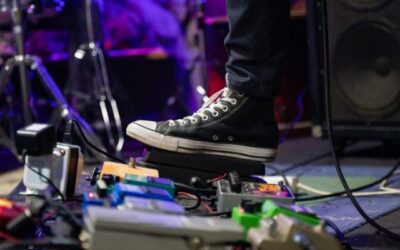If you’ve recently found yourself in possession of a shiny, new electric guitar, your first instinct is probably to get shredding straight away. However, before you can impress all your friends with the solo from Free Bird or your favourite Led Zeppelin riff, they first need to be able to hear you! Electric guitars produce extremely little sound by themselves, and therefore need a way to reach the rest of the room. This is where guitar amplifiers come in.
Amplifiers, or amps for short, translate whatever you play on your guitar from noiseless picking into loud, meaningful sound. If you’ve been to a band’s live show, chances are that you’ve seen large, (usually) black, box-shaped devices on stage. Sometimes, they’re even stacked on top of each other. Those are the amps!
Apart from picking up the signal from an electric guitar, an amp is also crucial in controlling the tone of the guitar and how the notes sound when they come out of the speaker. If you want to add, say, more high-end or distortion to your guitar tone, amps have built-in knobs that control different aspects of the guitar’s sound.
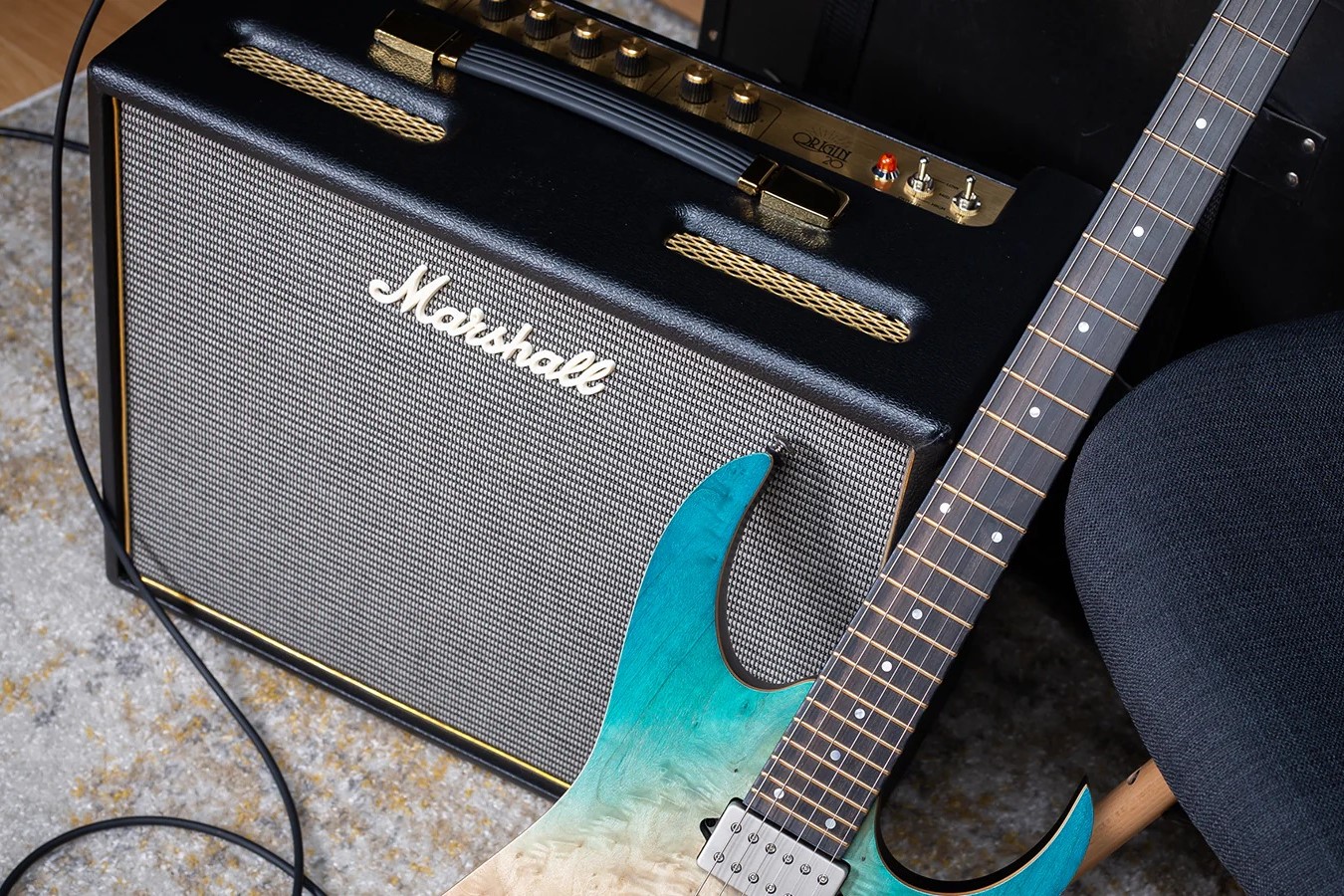
Types of Guitar Amps
But wait! Before you pick up one of these bad boys, it’s important to know that there are several kinds of guitar amps. With so many technological advancements in modern music, it’s no surprise that different types of guitar amps are used in different situations and styles of music. Let’s take a look at the four main varieties within guitar amps and what they do differently.
Tube Amps: A tube amp makes use of vacuum tubes to convert the signal from a guitar into proper sound. Although these are among the oldest kinds of amplifiers out there, there are still many guitarists who prefer to use tube amps for their warmer, more vintage sound and style of distortion. However, they can often be clunky, difficult to carry around, and require more maintenance than other kinds of amps. You can see an example of what the “tubes” that are used in these amps look like in the image.
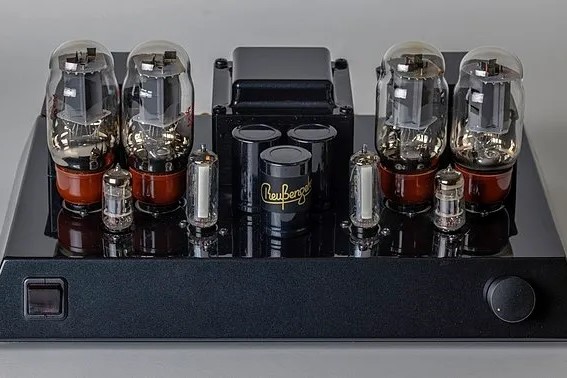
Solid-State Amps: Most budget or practice amps are usually solid-state. They’re also great for beginners since they’re easily mobile and simple to use. These amps are great for producing nice and clean sounds, preferred in styles like jazz.
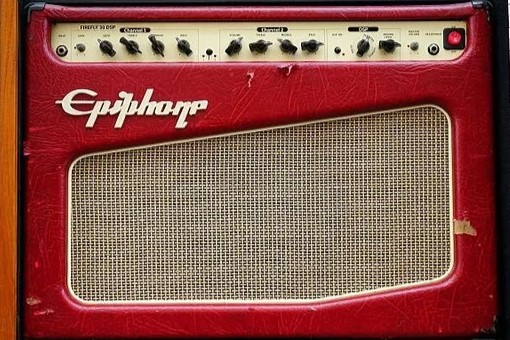
Modelling Amps: Modelling amps are interesting because they operate on a different principle: digitally recreating the type of sound found in other types of amps, like tube amps. A modelling amp provides an excellent variety of sounds and tones from a single source, making it a good choice for beginners who are learning to experiment with different effects and guitar tones.
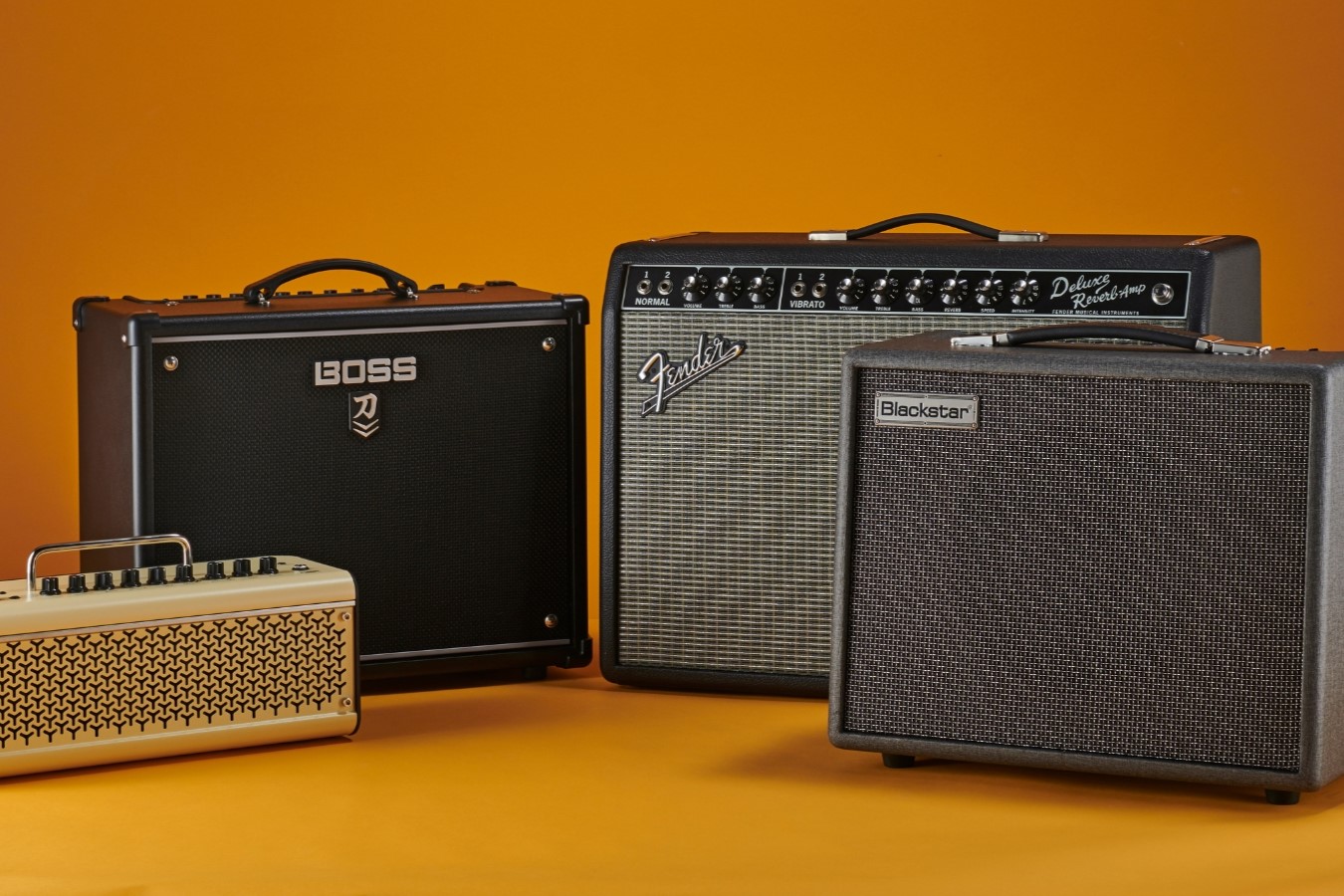
Hybrid Amps: Hybrid amps combine technologies from other kinds of amps to produce a new category altogether. The idea is to use a tube alongside a solid-state arrangement to try and retain the advantages of both. However, they can sometimes lack a little bit of personality from trying to do two things at once.
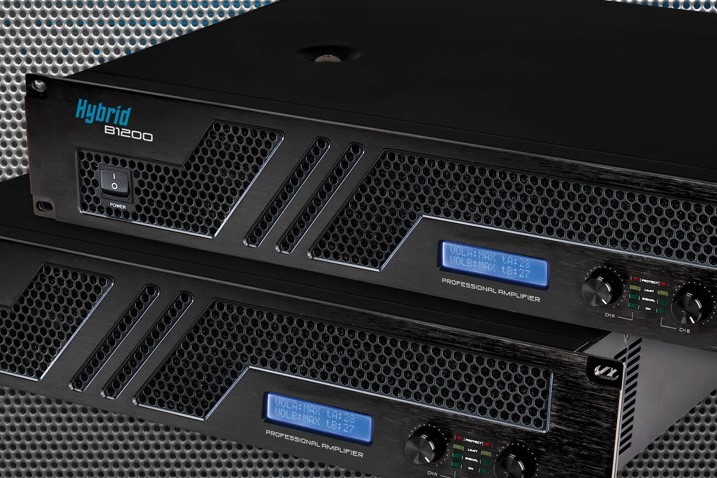
So there you have it! Guitar amps have been around for almost a decade now, since they first started showing up in the 1930s. They remain as beloved as ever, and continue to make up a big part of both practicing at home and playing live shows. If you’re interested in learning more about the guitar or how amps work, come meet us at Taaqademy! We’ve got tons of hugely experienced guitarists who have spent years becoming experts at their craft.


